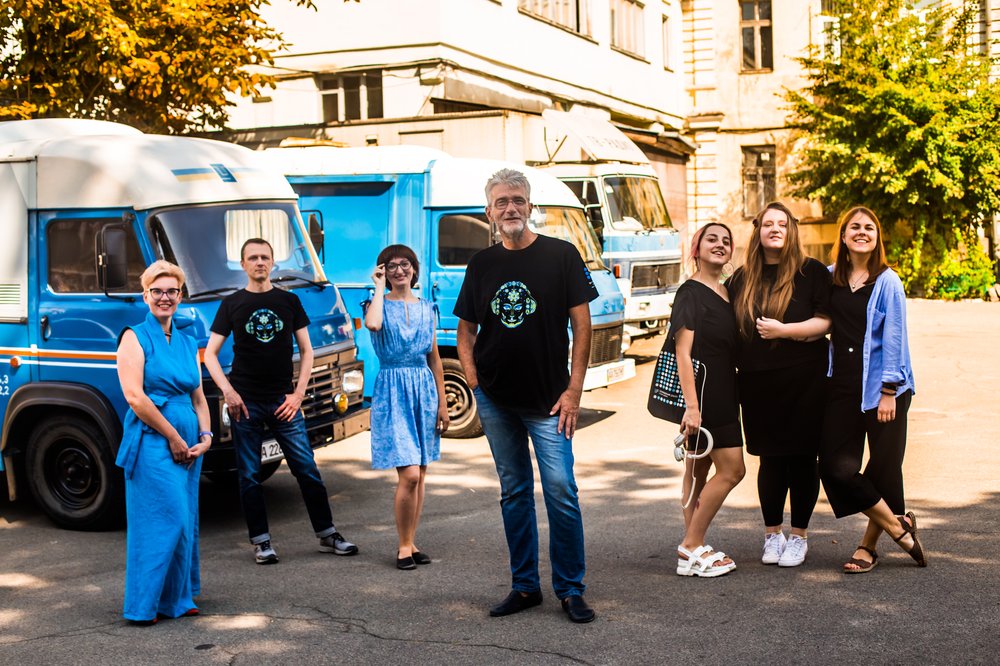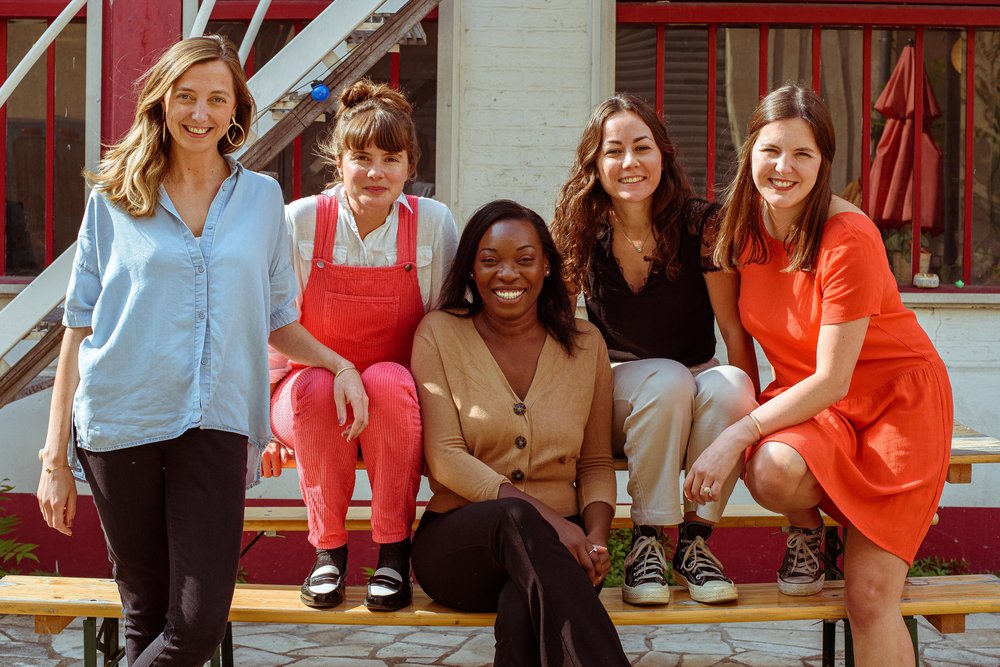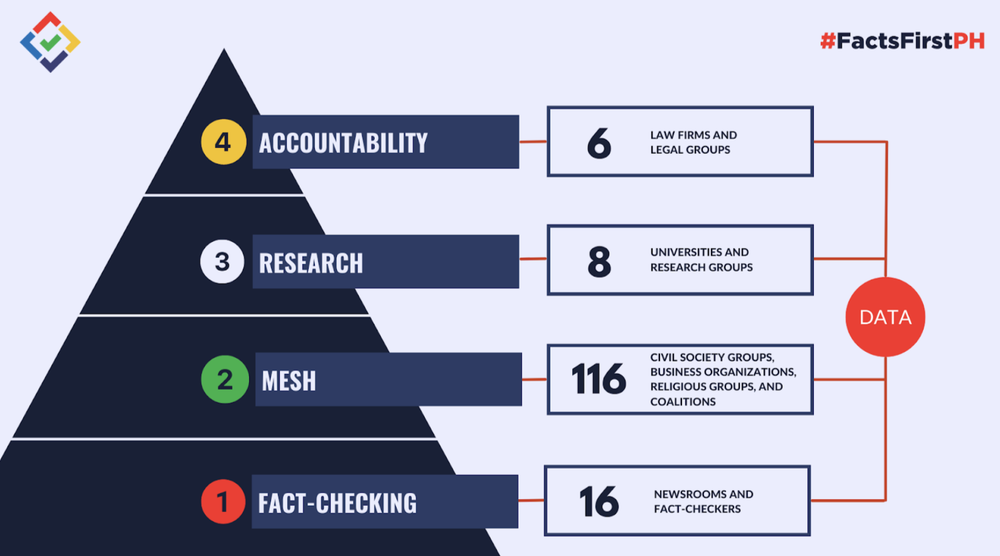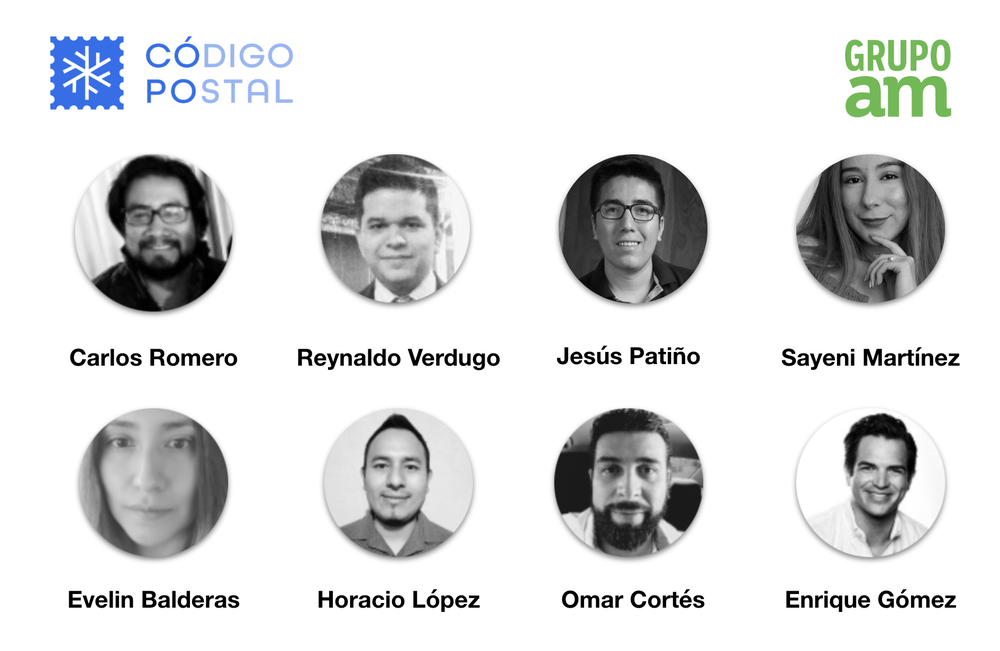The global Reuters Institute Digital News Report 2022 shows that trust in news has declined in almost half the countries surveyed, and more people are actively avoiding the news. Meanwhile, a majority of those surveyed said they worry about identifying the difference between real news and misinformation on the internet.
The Asia Pacific region is no stranger to these trends, and ahead of elections in Malaysia, Thailand, Pakistan, India and Indonesia, the fifth annual APAC Trusted Media Summit, organized by the Google News Initiative (GNI), brought together journalists, fact-checkers, educators, researchers, activists, and policymakers to share best practices for fact-checking and media literacy.
Here are our key takeaways from the event.
Pre-bunk rather than debunk.
Researchers at the University of Cambridge found that short "prebunking" videos, rolled out as ads on social media, are effective at improving people's ability to spot fake information.
Debunks, on the other hand, typically don’t reach as many people as misinformation, and they don’t spread nearly as quickly— which is why pre-bunking is crucial. Research shows the power of the continued influence effect: once someone is exposed to misinformation, it’s significantly more difficult to return their beliefs to a baseline similar to that of someone who was never exposed to it in the first place.
Remember that people react emotion-first.
Dr. Michelle Wong, Content Creator at Lab Muffin Beauty Science, has been debunking misinformation around online beauty products for 11 years. She says that with people’s short attention spans, garnering the same level of interest in true stories as misinformation means that social media content has to have two things: a compelling hook, and an easy-to-understand explanation.
Dr. Wong reminded us that misinformation spreads faster online because most of the content taps into powerful emotions like fear— which affect viewers more than complex science does. Using the same tactic for debunking can help reach (and inform!) a much broader audience.
Coalition building and empowering individuals.
Addressing misinformation requires more resources and skills beyond those of any single organization, industry, sector, or government.
As shared by Maria Ressa, Filipino-American journalist, author, co-founder and CEO of Rappler, #FactsFirstPH created a movement ahead of the recent Philippines elections. A coalition of 16 news organizations and 116 civil society groups and businesses came together and built a collective network that pushed the real facts through the algorithm in an enormous ripple effect.
Most importantly, collaboration needs to come from all sectors— from tech companies like Google, to media, governments, fact-checkers and research. Working together, we can build a sustainable, large-scale approach to fighting misinformation.
The way forward for Asia-Pacific.
This year, in its 5th edition, the Trusted Media Summit gathered 1,960 registrants across the globe from 24 countries, representing over 350 organizations in seven languages Attendees and speakers shared ideas and it was truly impressive how this community continues their work year after year to fight misinformation.
Attendees at this year’s event learned how the community can collaborate, work on pre-bunking and adopt influencers’ successful social media strategies. I’m proud of our work that helps bring people together, and I believe that Asia-Pacific can lead the way in building a better, more informed future for all.
If you missed the APAC Trusted Media Summit 2022, we’ve put together on-demand videos from the event here.
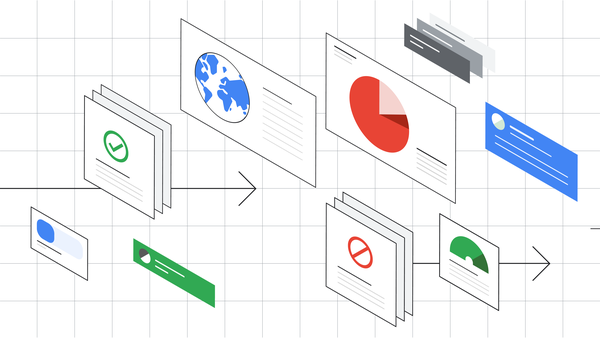 Google and YouTube are announcing a $13.2 million grant to the International Fact-Checking Network to launch a new Global Fact Check Fund.
Google and YouTube are announcing a $13.2 million grant to the International Fact-Checking Network to launch a new Global Fact Check Fund.
 Google and YouTube are announcing a $13.2 million grant to the International Fact-Checking Network to launch a new Global Fact Check Fund.
Google and YouTube are announcing a $13.2 million grant to the International Fact-Checking Network to launch a new Global Fact Check Fund.


